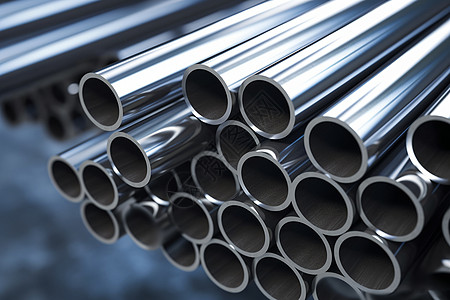Strength and Durability
When it comes to choosing the right type of steel Pipe for your project, one of the key factors to consider is the strength and durability of the pipe. seamless steel pipes and welded steel pipes are two common options in the industry, each with its own set of advantages and disadvantages. In this article, we will provide an authoritative comparison of seamless steel pipes and welded steel pipes in terms of their strength and durability.
wellhead casing slips
Seamless steel pipes are manufactured by extruding a solid billet through a die to create a hollow tube. This process results in a pipe with no seams or welds, making it stronger and more reliable than welded steel pipes. Seamless pipes are known for their uniformity in structure and consistent wall thickness, which contributes to their high strength and durability. these pipes are able to withstand high pressure, high temperature, and corrosive environments, making them ideal for a wide range of applications.
On the other hand, welded steel pipes are manufactured by welding two pieces of steel together to create a seamless-looking pipe. While welded pipes are generally less expensive than seamless pipes, they are also more prone to defects and weaknesses. The welding process can introduce stress concentrations and potential weak points in the pipe, which can compromise its strength and durability. Welded pipes are more susceptible to corrosion, cracking, and leaks, especially in harsh operating conditions.
In terms of strength, seamless steel pipes have a clear advantage over welded steel pipes. The absence of seams and welds in seamless pipes eliminates potential weak points and ensures a higher level of structural integrity. Seamless pipes are able to withstand higher levels of pressure and stress without the risk of failure, making them a preferred choice for applications that require superior strength and reliability. Welded pipes, on the other hand, may be more prone to failure under extreme conditions due to the presence of welds and potential defects.
When it comes to durability, seamless steel pipes also outperform welded steel pipes. The uniformity of structure and consistent wall thickness in seamless pipes contribute to their long-term durability and resistance to wear and tear. Seamless pipes are less likely to develop leaks, cracks, or corrosion over time, making them a low-maintenance and cost-effective option for long-term use. Welded pipes, on the other hand, may require more frequent maintenance and repairs due to their susceptibility to defects and weaknesses.

Gi PipeIn conclusion, when it comes to strength and durability, seamless steel pipes are the clear winner over welded steel pipes. Seamless pipes offer superior strength, reliability, and longevity due to their seamless construction and uniform structure. While welded pipes may be more affordable, they are also more prone to defects and weaknesses that can compromise their performance and longevity. When choosing between seamless and welded steel pipes for your project, it is important to consider the specific requirements and operating conditions to ensure the best possible outcome.
Oil extraction case
